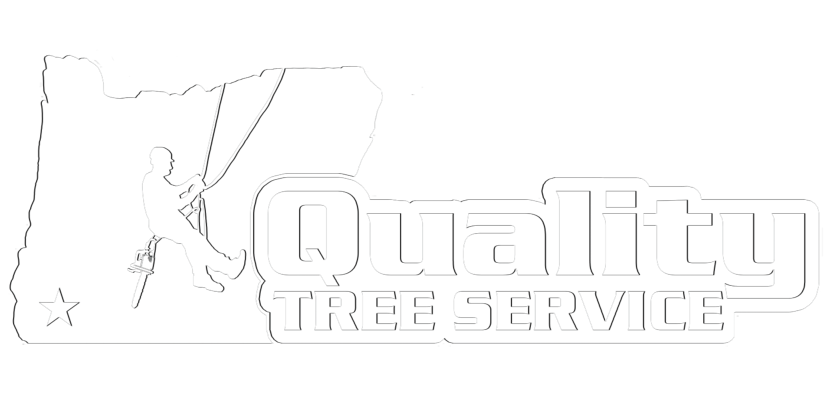At Quality Tree Service in Medford, we care about the long-term health and safety of your trees. While regular tree maintenance is important, not all pruning practices are beneficial. One technique we strongly advise against is tree topping, a harmful approach that can cause lasting damage. Instead, we encourage informed, strategic pruning to support strong, healthy growth.
When Should You Prune Your Trees?
You don’t need to prune your trees every year—but you should inspect them annually. The best time to prune is when branches are still small, ideally under three inches in diameter. For young trees, the first five years are critical. Early pruning during this period helps shape the tree and ensures that branches form strong, supportive connections to the trunk.
What Should Be Removed? Think “The Four D’s”
After a tree’s structure is established, routine pruning should be limited to removing the following:
-
Dead branches – Unsure if a branch is dead? Try lightly scratching the bark; if it’s green underneath, it’s still alive.
-
Diseased limbs – These can quickly spread issues to the rest of the tree.
-
Damaged wood – Broken or split branches pose safety hazards.
-
Deranged growth – This includes awkward or conflicting branches, such as those rubbing together or growing inward toward the center.
Focusing on these four categories keeps the tree healthy and encourages proper form without stressing it unnecessarily.
How Much Is Too Much? Prune Conservatively
Every pruning cut creates a wound—so it’s important to prune with care and purpose. Here’s a simple rule of thumb:
-
Young trees: Remove no more than 25% of live growth per year.
-
Mature trees: Keep removals under 20% annually.
Too much pruning, especially practices like lacing or thinning, can do more harm than good. Contrary to popular belief, thinning doesn’t reduce wind damage risk—it can actually make trees more vulnerable by exposing every branch to gusts.
Avoid Harmful Techniques Like Lion-Tailing
Lion-tailing—removing interior branches and leaving foliage only at the tips—leads to weak limbs that are more prone to breaking, even in calm weather. This method strips the tree of essential leaves that help it produce energy, weakening it over time.
Never Prune a Stressed Tree
Trees that are already under stress—especially from drought—should not be pruned unless it’s to remove dead or diseased material. Wait until the tree is hydrated and in good health before removing any live wood.
The Right Way to Prune: Work with a Certified Arborist
Tree care isn’t just about appearances—it’s about protecting the life of your landscape. Poor pruning can lead to decay, instability, and increased risk of storm damage. That’s why we always recommend hiring an ISA Certified Arborist for pruning work. A trained professional will know exactly what your tree needs—and what it doesn’t.
At Quality Tree Service, we believe in thoughtful care and long-term health for every tree we touch.
Need help with your trees?
Call Quality Tree Service in Medford today to schedule a consultation or inspection. Your trees deserve expert care!
